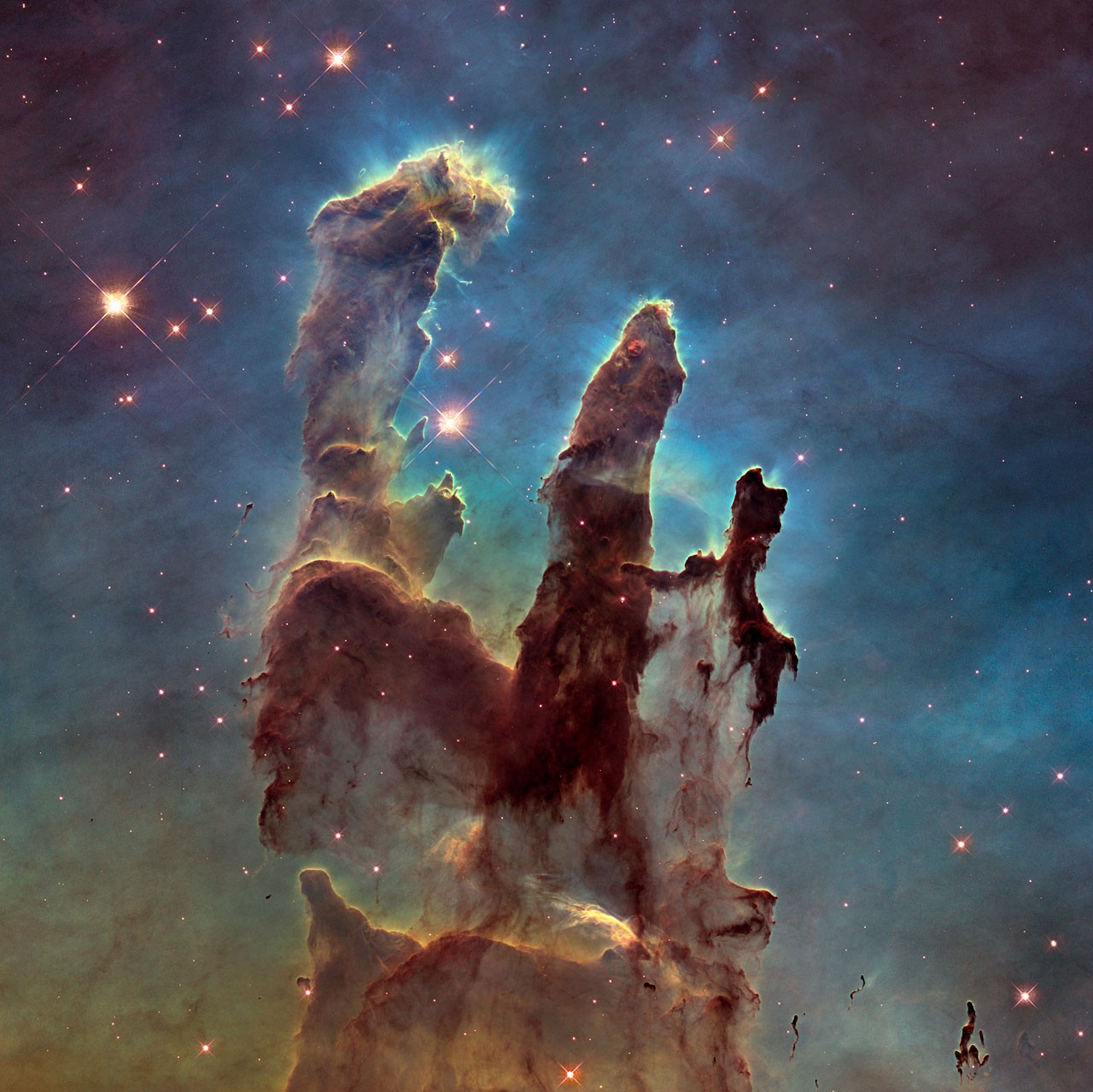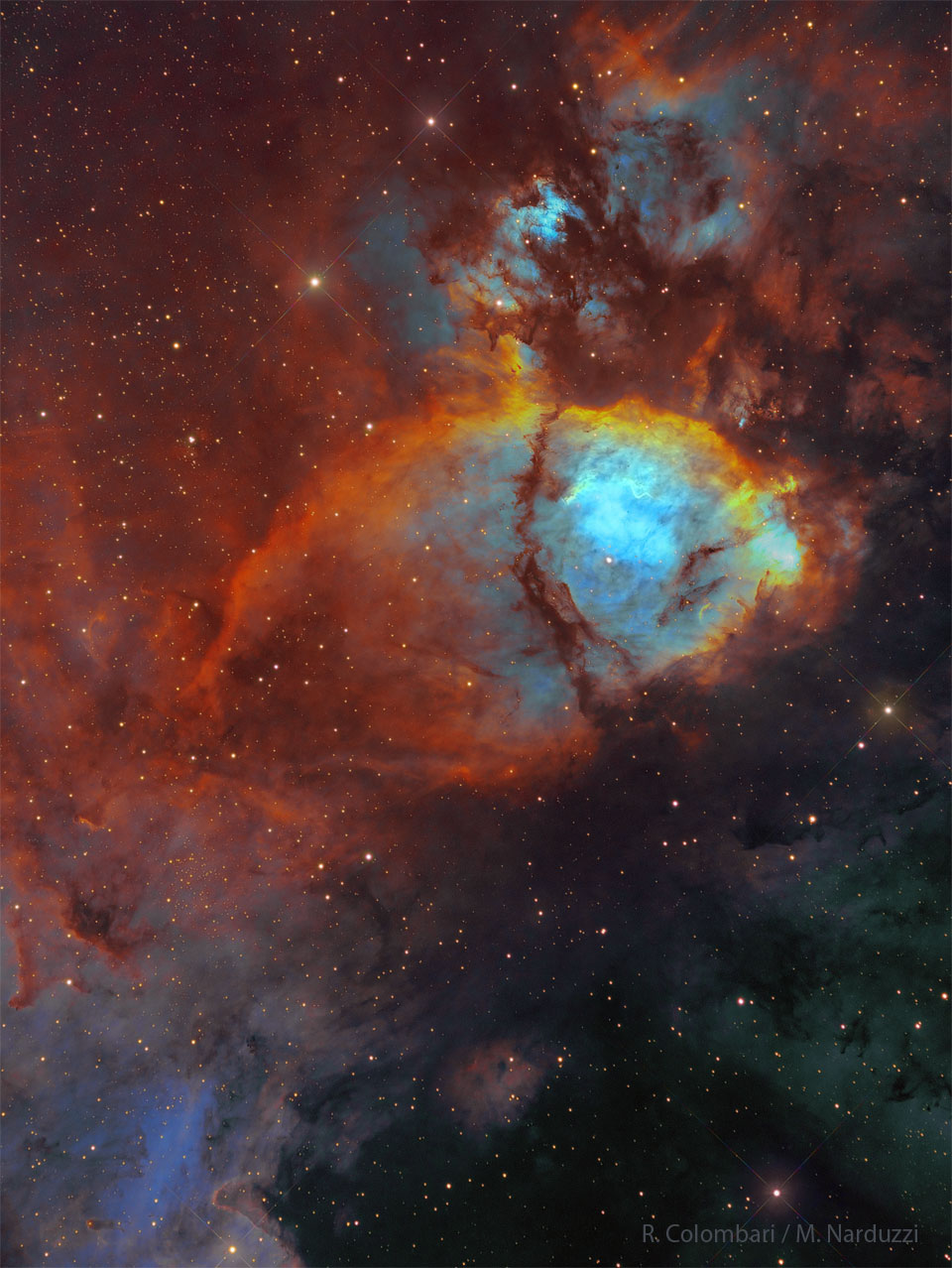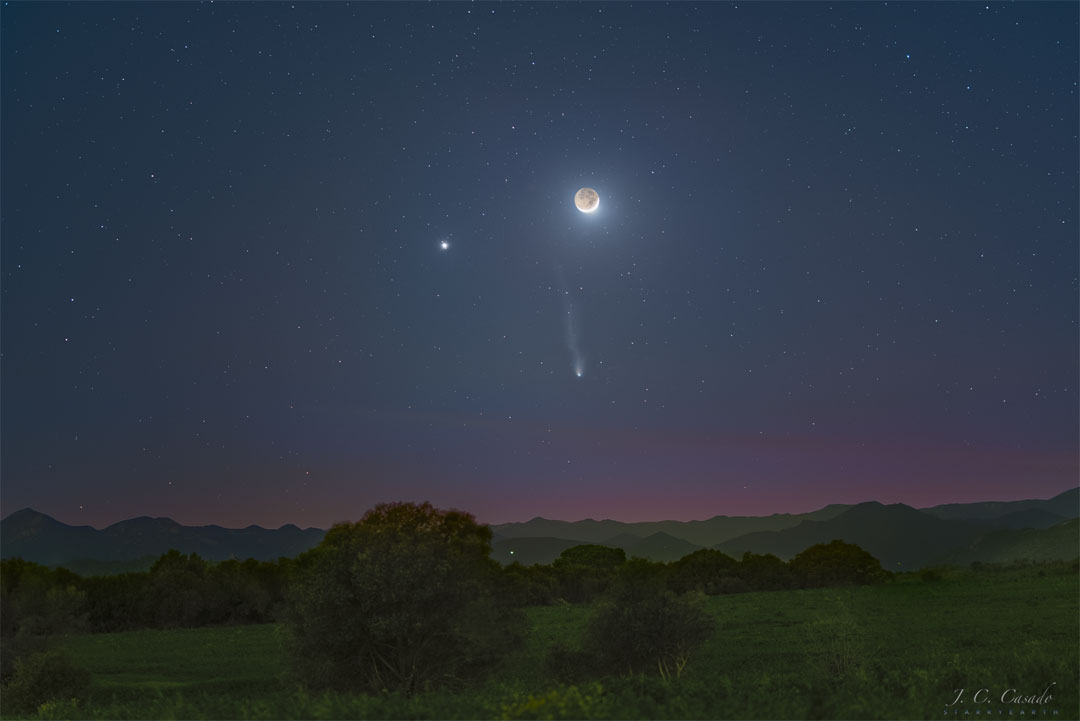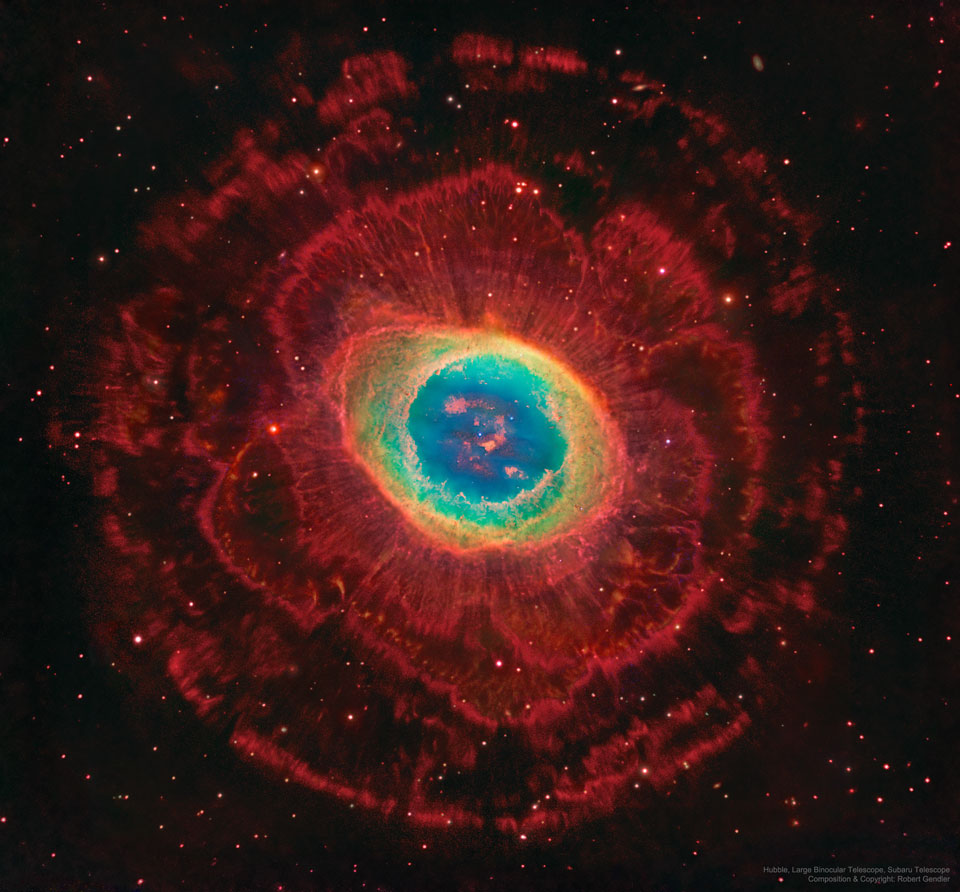
from Blogger https://bit.ly/4aXrD5f
nasa


from Blogger https://bit.ly/4aXrD5f
nasa
from RHYTHM SECTION GATLINBURG RECORD STORE MUSIC SHOP TREASURE TROVE VINYL RECORDS CDS SHIRTS POSTERS💙 https://bit.ly/3Qtsx0S
from Blogger https://bit.ly/4bmT7RB
IF. RHYTHM SECTION GATLINBURG RECORD STORE MUSIC SHOP TREASURE TROVE VINYL RECORDS CDS SHIRTS POSTERS💙

from Blogger https://bit.ly/3UpE6au
nasa

from Blogger https://ift.tt/YJepliw
nasa

from Blogger https://ift.tt/n20Bl4w
nasa

from Blogger https://ift.tt/gPZnFI3
nasa

from Blogger https://ift.tt/K7ik0aV
nasa

from Blogger https://ift.tt/kJBS2XF
nasa
from Blogger https://ift.tt/6eJwEn4
from Blogger https://ift.tt/CQcI5tB
from Blogger https://ift.tt/HDatQzW
from Blogger https://ift.tt/MrW2DQC
from RHYTHM SECTION GATLINBURG RECORD STORE MUSIC SHOP TREASURE TROVE VINYL RECORDS CDS SHIRTS POSTERS💙 https://ift.tt/6zhfUt8
from Blogger https://ift.tt/OgNEL06
IF. RHYTHM SECTION GATLINBURG RECORD STORE MUSIC SHOP TREASURE TROVE VINYL RECORDS CDS SHIRTS POSTERS💙
from RHYTHM SECTION GATLINBURG RECORD STORE MUSIC SHOP TREASURE TROVE VINYL RECORDS CDS SHIRTS POSTERS💙 https://ift.tt/hGfXHju
from Blogger https://ift.tt/IPzaFqK
IF. RHYTHM SECTION GATLINBURG RECORD STORE MUSIC SHOP TREASURE TROVE VINYL RECORDS CDS SHIRTS POSTERS💙